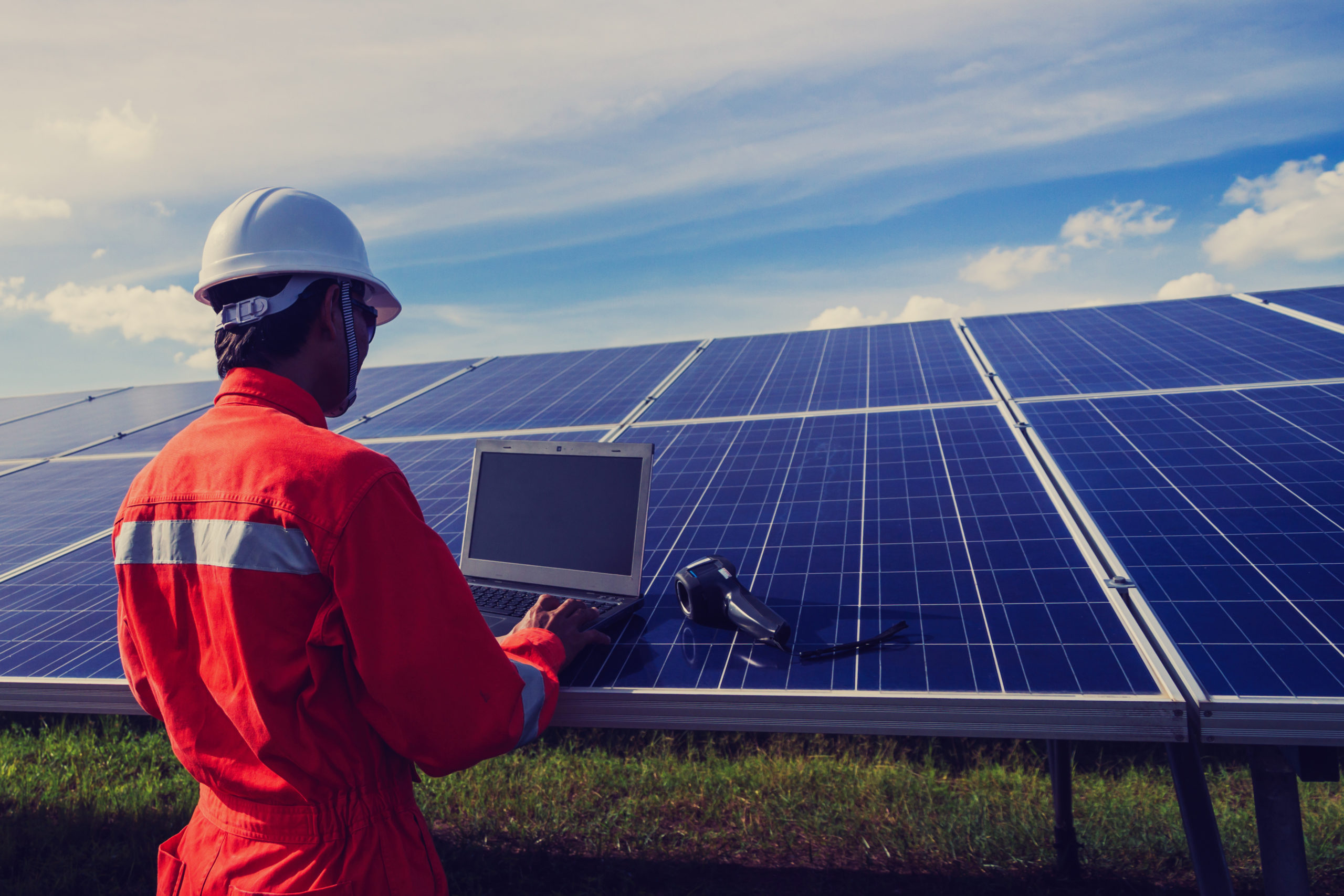Since the Industrial Revolution of the 1700s, fossil fuels like oil, gas, and coal have largely been the sources that fueled mankind’s rapid advancements. But with fossil fuels being a finite resource and our consumption of those fossil fuels growing as the world’s population continues to rise, there is an increasing push to transition to more sustainable sources of energy. Perhaps an even bigger incentive to change is the negative impact that fossil fuel consumption has on the climate with carbon dioxide (CO2) emissions that warm the globe.
Switching to cleaner, renewable forms of energy can benefit both the planet and us as consumers. While a full transition of our energy infrastructures to alternative, green energy is still a work in progress and a source of political debate, there are renewable energy products on the market that consumer can take advantage of right now. The sun, the wind, and the water are readily available to help us take care of our energy needs. It’s only a matter of having the technology to harness it. One such tool is the solar panel.
Solar panels allow you to harness the power of the sun through photovoltaic (PV) cells on the panel that capture the photons from the energy that the sun radiates and converts them into electricity that can be used in our homes. Solar panels are durable, relatively light, can often come with a 25+ year warranty, and are modular, which means you can begin with a small system and easily expand it whenever you’re ready. One question you might have however, is how efficient are solar panels as a power source?
Solar panels are evaluated through “efficiency metrics”, which measure how well they’re able to produce energy. This measurement is a percentage that tells you how much energy from the sunlight is transformed into electricity. Currently, the average solar panel for commercial use is usually able to run at about 15-to-22% efficiency. That means that they can process 15-to-22% of the sun’s power into usable energy if the sun produces 100% energy. Efficiency is determined by testing panels at Standard Testing Conditions (STC) of 25°C in temperature and an irradiance of 1,000 W/m2. Under STC, a solar panel with 15% efficiency and a 1 m2 surface area would produce 150 Watts.
15-to-22% efficiency might seem low, but it’s not when you realize that 15-to-22% of solar energy is enough to power a home for quite a long time, even after the sun goes down. That percentage can be affected by cloudy weather, but not as much as you might think. The sun is so powerful that even its diffuse or reflected light rays can be absorbed, so a solar panel’s efficiency rating only goes down to about 10% to 20% on cloudy days. Rain won’t prevent a solar panel from producing either. However, extreme weather conditions like heavy snowfall and hail can damage panels, leading to reduced efficiency. That is why the location in which your panels are installed is also an important factor in the durability of your system.







